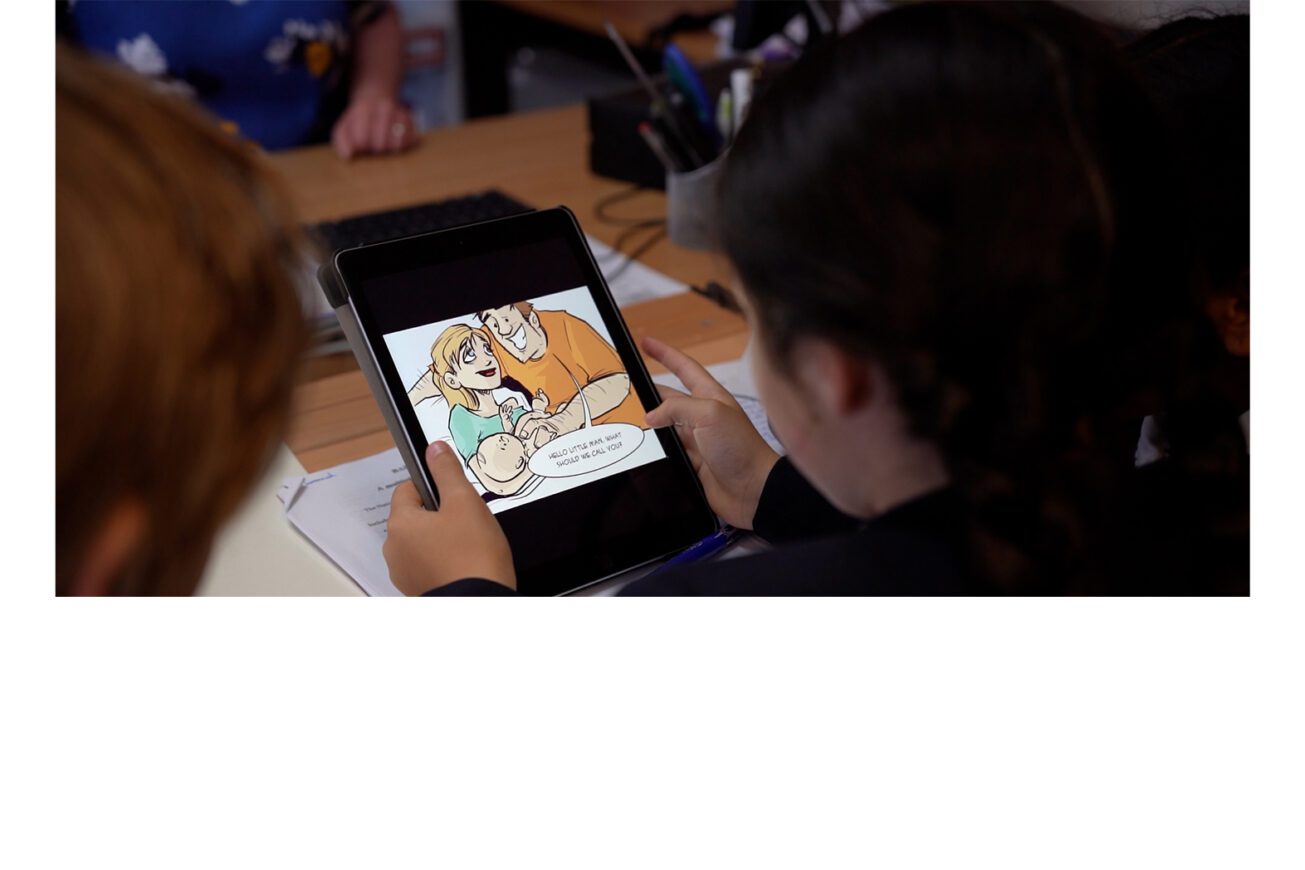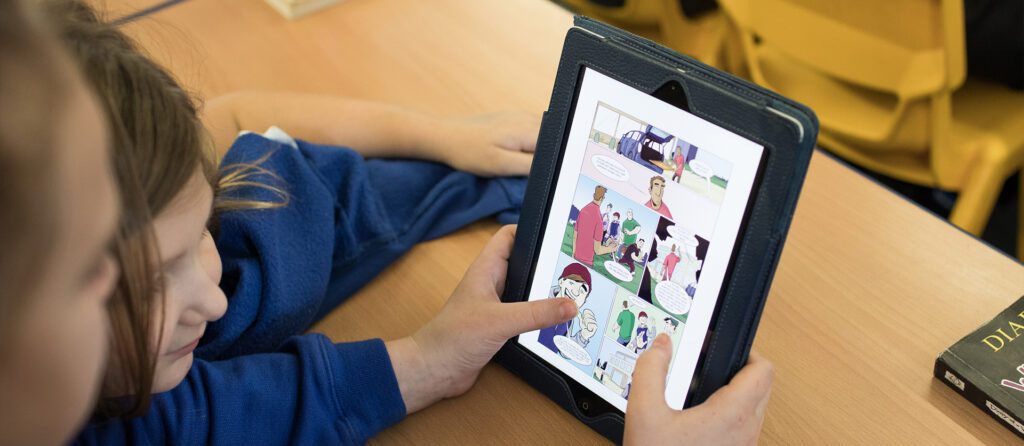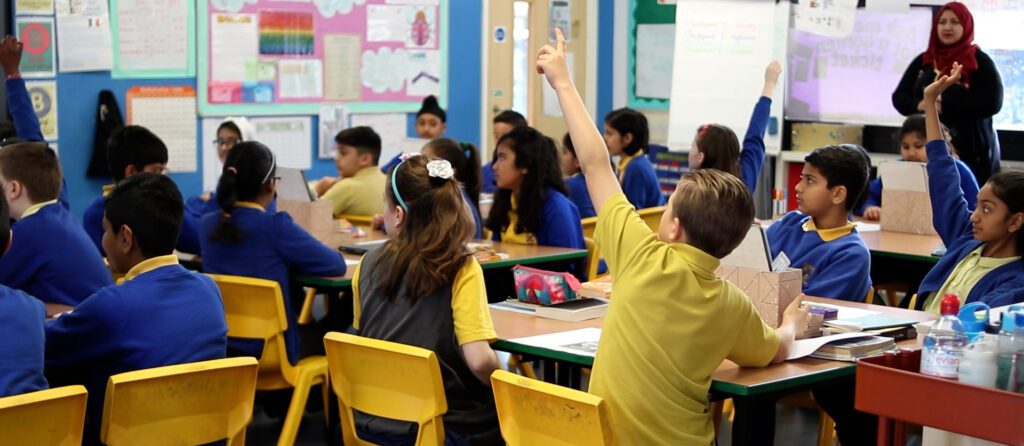Introducing Choices

Young people are more vulnerable than ever to external influence, and those influences have greater access to young people. This results from the massive changes our society has undergone in recent years and the pervasive nature of technology in every aspect of our children’s lives. In the always-on 24-hour digital lifestyles of young people, this vulnerability is visible to would-be predators who can identify, target and access them like never before. It’s, therefore, no surprise that data from the Office for National Statistics tells a story of unprecedented rises in the emotional problems young people experience and dramatic increases in conduct and behavioural issues.
The mental health charity, Young Minds, links these challenges to a deficiency in the personal decision-making capabilities critical to a young person’s emotional and psychological health. At best, this leaves them ill-equipped to negotiate the daily trials growing up brings. At worst, it exposes them to multiple predators and harms, including gangs, feeling the need to carry knives, criminal and sexual exploitation, and increasingly child-on-child bullying, assault and emotional or psychological violence. Young people tell us they make the best decisions they can. However, inexperience means their choices are more likely to lead to unanticipated and unwelcome consequences that put them in harm’s way and make them more susceptible to manipulation.

Choices is a set of highly engaging digital teaching and learning resources for use in education settings. It introduces a story and a range of characters that act as proxies to help young people explore complex themes that really matter to them. Collaborative activities build from the stories, providing opportunities to collaborate in developing and practising strategies for making sound decisions within the safe confines of a classroom. The process is supported through a dialogic learning approach that encourages young people to work together, explore various perspectives, reach an informed consensus and take responsibility for their own outcomes. Training and support for this process are provided to all participating practitioners, and vital data on wellbeing and self-efficacy is collected to provide actionable insights at an individual, cohort and locality level, identifying further or additional support needs for participating young people.

The first Choices session introduces an approach that builds through each week of the programme. Research shows that more effective interventions honour a young person’s sensitivity to feeling respected and their potential to contribute and be of value to a group. Participation through group dialogue like this is enough to start a meaningful behaviour change. It is instrumental in levelling the playing field for those considered less engaged and, consequently, more difficult to reach. In preparing young people for this process, exploring the language they need to successfully navigate the activities is essential. Therefore terminology about choice and identity, two central concepts of the programme, is introduced, and children encounter new language as they work through each session. Finally, during Session One, they agree upon a shared set of ground rules to govern how they’ll work together, which is vital in ensuring they can reflect and learn in a safe, inclusive and tolerant environment.

Choices was developed in response to those challenges that young people experience in building a sense of identity and navigating the trials of growing up in the 21st Century.
To find out more, please get in touch with us at: chat@engagelime.com or here
Leave a Reply